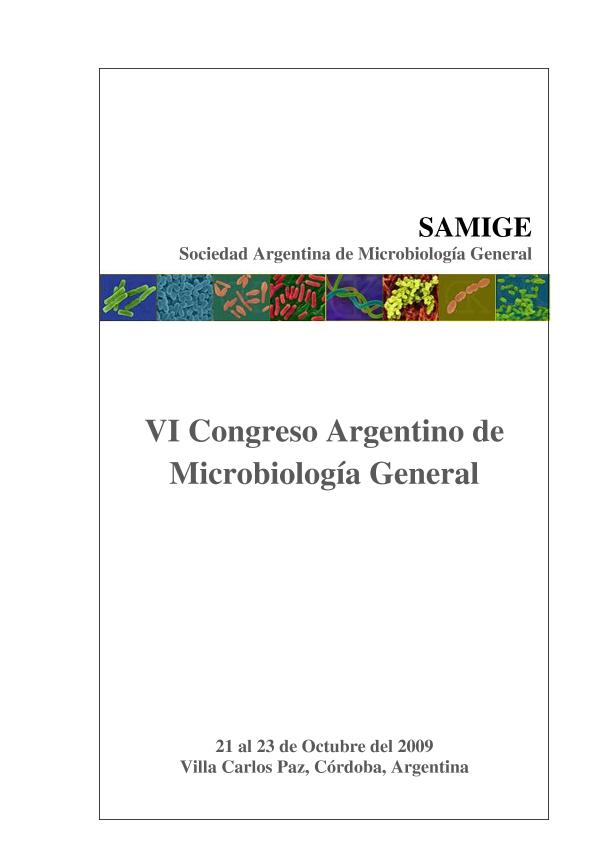Evento
Pectinolytic activity expressed by yeasts isolated from oenological environments
Tipo del evento:
Congreso
Nombre del evento:
VI Congreso Argentino de Microbiología General
Fecha del evento:
21/10/2009
Institución Organizadora:
Sociedad Argentina de Microbiología General;
Título del Libro:
Libro de resúmenes del VI Congreso Argentino de Microbiología General
Editorial:
Sociedad Argentina de Microbiología General
Idioma:
Español
Clasificación temática:
Resumen
Introduction: Pectolytic enzymes play an important role in the winemaking process due to the fact that they improve the extraction of colour and aroma compounds. They also improve clarification and filtration processes of musts and wines. These enzymes break up pectin and weaken the cell wall, reducing the viscosity of musts and improving the extraction of the different compounds. Pectinases used in the food industry are commercially produced by Aspergillus niger. Saccharomyces and non- Saccharomyces yeasts present an alternative source for the large-scale production of commercial enzymes. Yeasts have advantages compared to filamentous fungi with regard to the production of pectinases, because they are unicellular, their growth is relatively simple, and in some species the growth medium does not require an inducer. The aim of this work was to study the pectinase activity of 162 isolated yeasts (47 non- Saccharomyces and 115 Saccharomyces sp.). Qualitative assay was carried out on plates with pectin as substrate, at 25ºC, pH 4.0 and 6.5 during 72h, in order to select yeasts having pectinolytic activity. Results were considered positive when colonies were surrounded by a degradation halo. After that, those isolates were grown anaerobically, for 72 h at 30ºC using two media: an inducing medium (0,67% YNB; 0,5% pectin and 10% glucose), and a non-inducing medium (0,67% YNB; and 10% glucose). For determination of pectinolytic activity, a reaction mixture of 0.1 ml of supernatant, 0.9 ml of 0.5% (w/v) pectin in 0.05 M sodium acetate buffer (pH 5) was used. It was prepared and incubated in a water bath at 37°C for 1 h (yeasts inoculated in inducing medium) and 24 h (yeasts inoculated in non-inducing medium). Pectinolytic activity was determined by estimation of reducing sugars by DNS technique. Results: of the 162 yeasts, 24 isolations were able to hydrolyze pectin under both pH conditions (14 Saccharomyces sp. and 10 non- Saccharomyces). Highest amounts of yeast isolations were detected at pH 6.5. All yeasts, developed in inducing and non- inducing media, expressed pectinolytic activity. Fifty percent of species from Saccharomyces genus registered the greatest values of pectinolytic activity growing in inducing medium. All species belonging to the non-Saccharomyces genera which were cultured in non-inducing medium expressed highest activity. This suggests that pectinase synthesis may be partially constitutive for these non- Saccharomyces yeasts. Conclusion: this study clearly revealed the potential of indigenous yeasts to produce useful enzymes to catalyze desired biotransformations during wine fermentation and they offer an alternative source of these enzymes as well.
Palabras clave:
Pectinolytic activity
,
Yeasts
,
Oenological environments
Archivos asociados
Licencia
Identificadores
Colecciones
Eventos(PROIMI)
Eventos de PLANTA PILOTO DE PROC.IND.MICROBIOLOGICOS (I)
Eventos de PLANTA PILOTO DE PROC.IND.MICROBIOLOGICOS (I)
Citación
Pectinolytic activity expressed by yeasts isolated from oenological environments; VI Congreso Argentino de Microbiología General; Villa Carlos Paz; Argentina; 2009; 110-111
Compartir




